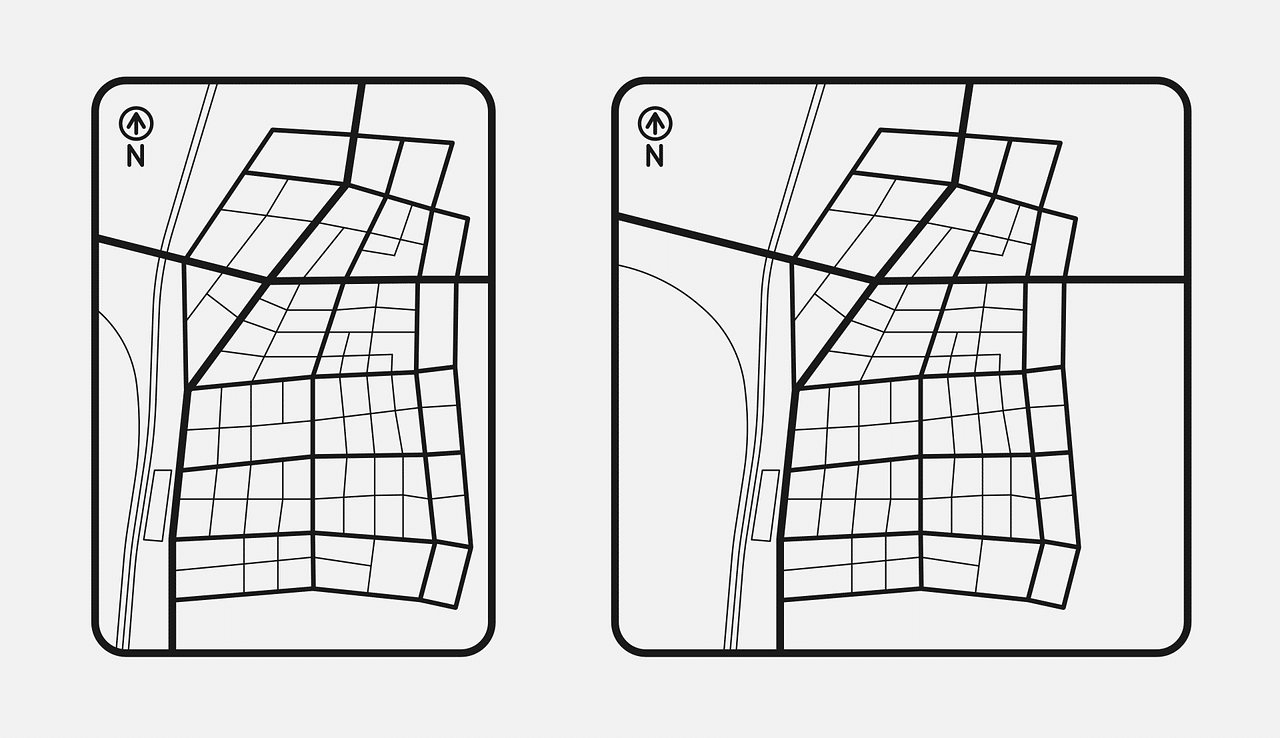
The cadastral declaration helps the development of the cadastre record.
The cadastre is a registry developed by the State with the description of urban, rural and special properties . This registry allows us to know the surface area of the properties, where they are located and what their use is, data that is used to establish the corresponding taxes according to the detailed characteristics.
The Byzantine Greek expression katà stíchon , whose literal translation is "line by line" , resulted in katástichon . This word came into Old Italian as catastico , which became cadastre in dialectal Italian and cadastre in Old French. The etymological evolution continued in our language , where the term cadastre refers to an inventory , a census or a registry of real estate .
Origin of the cadastres
The origin of cadastres is found in Ancient Rome . Servius Tullius was the king who established the so-called Roman Census with the intention of imposing a tax on property. This tax, known as Tributum soli, had to be paid by landowners and members of the nobility according to the real estate they owned.
Since then, the cadastre has been used as a basis for determining taxes . These registers also provide useful information for urban planning and territorial restructuring , and even allow protecting the legal security linked to property rights since they constitute the support for ownership and transfer deeds.
It is common for the cadastre to be divided into three sections: the geometric cadastre (which measures, locates and represents the property in question), the legal cadastre (indicates the link between the active subject, the property and the passive subject) and the fiscal cadastre . (establishes the value of the good for setting a proportional tax). You can also find classifications that refer to the urban cadastre , the rural cadastre , the multipurpose cadastre , etc.

Carrying out the cadastral regularization of a property is mandatory.
Historical documents
In addition to everything stated above, we can highlight another important series of data of interest about the cadastre, such as the following:
- The oldest cadastre known is the book “Becerro de las Behetrías de Castilla” . It was made in the 14th century by order of King Peter I of Castile and is known as calf because it was written on parchment that was obtained from calfskin. He came to collect each and every one of the so-called behetrías that existed at that time in the Kingdom of Castile .
- In the same way, we cannot ignore that another of the most interesting cadastres in history is "Domesday Book" . This was done so that King William I of England, the Conqueror , could know the resources he had in his kingdom.
- We must not forget that another of the most relevant historical cadastres is the one known as the "Catastro of Ensenada" , which was carried out in 1749 in all the corners that shaped the Crown of Castile . King Fernando VI was the one who ordered its execution at the proposal of his minister the Marquis of Ensenada . It included the existing territorial properties such as the number of inhabitants, livestock, income, censuses, buildings... All this information was obtained from questions that were asked to the neighbors and that allowed us to know both the wealth of those territories as demographic information.

The real estate valuation is based on the cadastre, although the cadastral value differs from the market value.
Development of the cadastre map
The cadastral map is developed through communications and declarations. A cadastral inspection can also be carried out to incorporate, modify or verify data, or to perform a cadastral update .
It is important to indicate that, unless the contrary can be proven, the information contained in the cadastre is taken as true. In fact, the cadastral reference is considered when urban planning and determining the real estate tax .
Each country has specialized organizations that are responsible for managing the cadastral information service. In Spain , to mention one case, the General Directorate of the Cadastre , which depends on the Ministry of Finance and Public Function , is in charge of the territorial cadastre.
The General Directorate of the Cadastre of Spain plans and controls this data. Registration of real estate in the registry is mandatory and is done free of charge.
Differences with the property registry
It is common for confusion to occur between the cadastre and the property registry . The real estate cadastre is an inventory that provides a detail of the physical location and the main characteristics of the property: its surface area, its use, who is the owner, the cadastral value, etc. Based on this data, taxes are defined and urban planning is planned.
The property registry, on the other hand, focuses on determining the owner of the property. Its purpose is to ensure, at a legal level, the ownership of the property. It also mentions if there is a current mortgage.
While registration in the cadastre is mandatory , in the property registry it is not. In any case, it is recommended to add the property to the registry since the action provides legal security.
